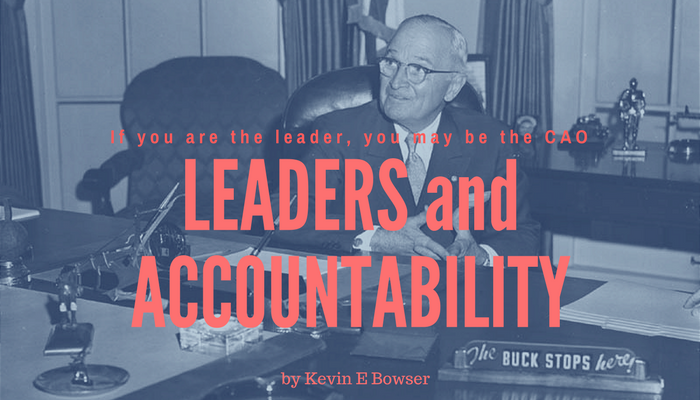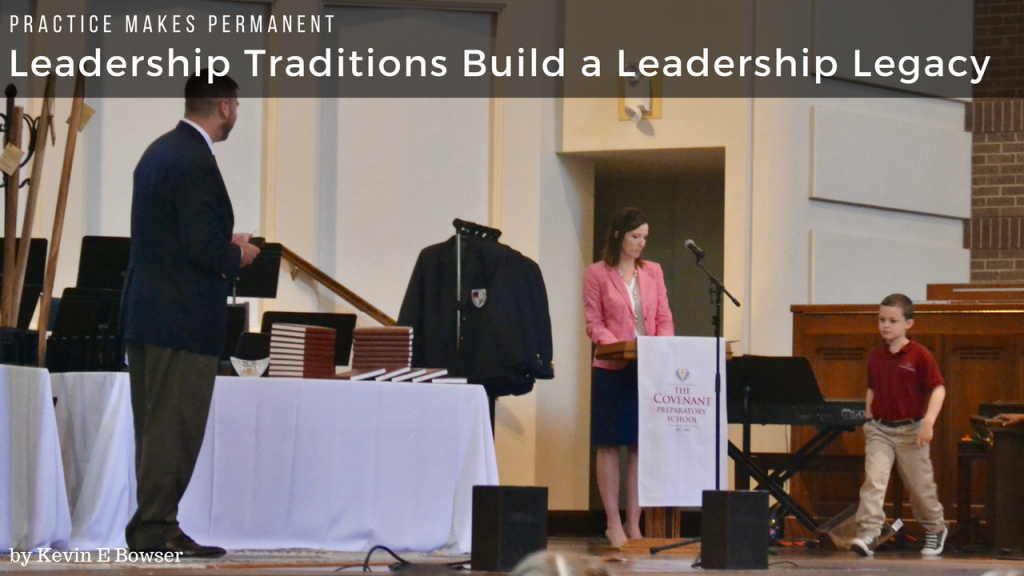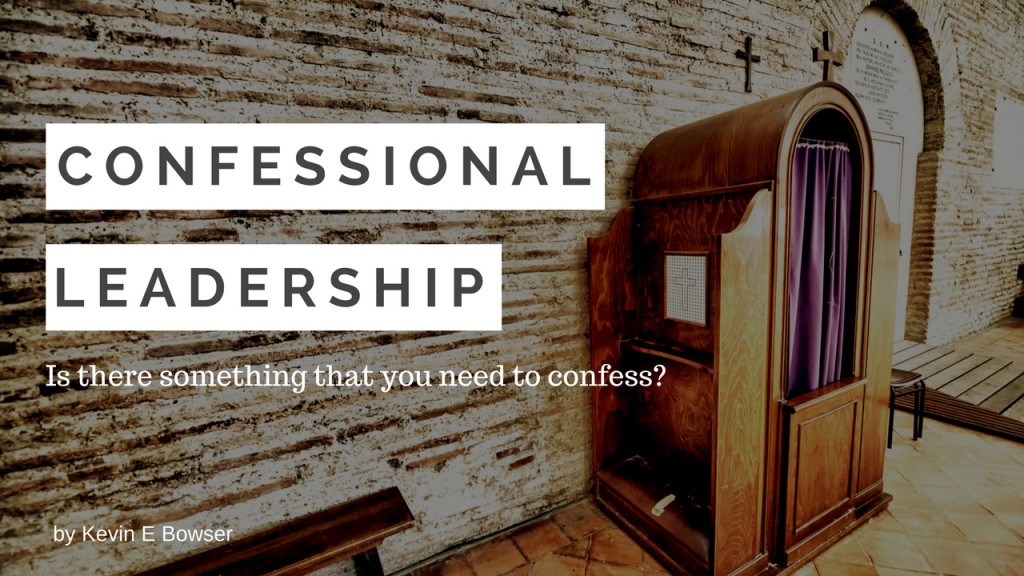What are the key components of any good and well thought out plan? Surely there would be some components to all leadership development plans that would be universal and common regardless of the specific leader being developed. And there are. There are components that are common whether you are a CEO, a front-line supervisor, departmental manager, a military officer, or the pastor of a small church. So, let’s identify what those components would be.
I am approaching this from the perspective of someone who is a coach for individuals who are seeking to become better leaders. So, all of my thoughts and words are based on the premise that I am engaged in a coach and client relationship. It may be a formal paid engagement. Or it may be an informal or ad hoc conversation where someone is coming to me for advice. However, for purposes of this article, I am going to use terms that indicate a coach and client scenario.
So, what are the common components?
Is there a current assessment? — Is there some assessment, either a self-assessment or a 360 assessment, that can be used as a baseline for where the leader is today? If not, why not? If we don’t have a baseline, how will be able to assess progress?
What are the strengths and weaknesses? — Every leader has both strengths and weakness. Great leaders strengths more than overshadow their weaknesses. Poor leaders weaknesses overshadow their strengths. So, let’s identify what those strengths and weaknesses are.
Click here to read the rest of the article »











